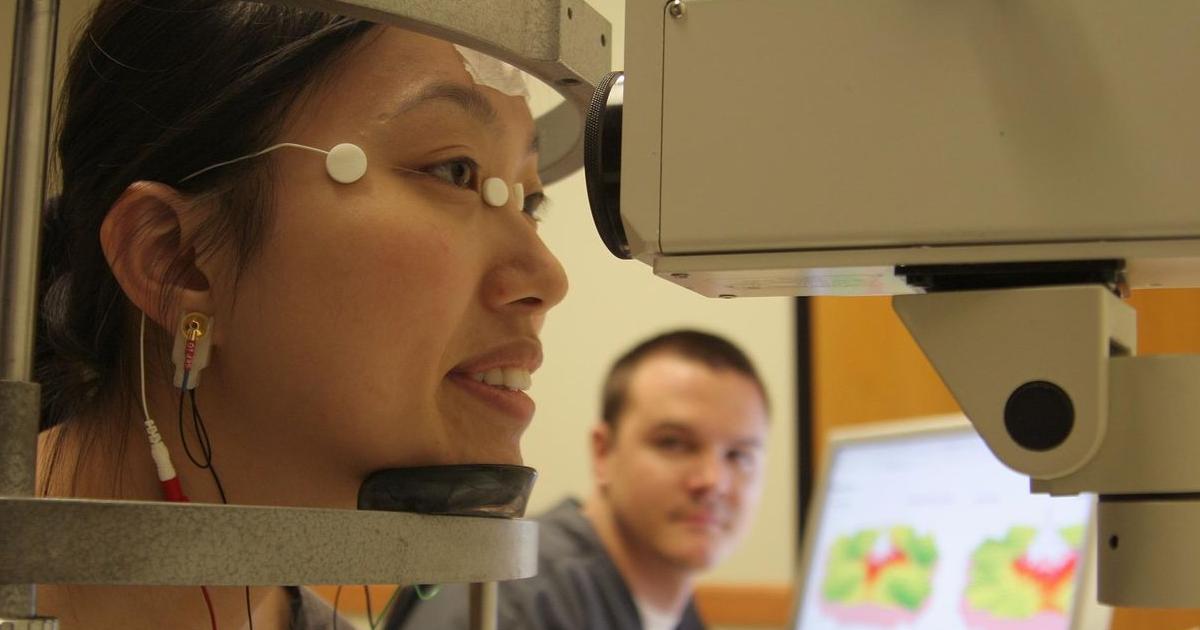Ways In Which Stargardt Disease Is Diagnosed
Electroretinography

Electroretinography is a method of measuring the electrical response of the eye's rods and cones, specialized cells in the retina that sense light. The test takes roughly sixty minutes to complete. Before beginning the test, the doctor will administer numbing drops into each eye to prevent discomfort. Next, a speculum is placed on each eye to gently hold it open, and an electrode is placed on the corneas. The patient looks at a screen that displays both flashing lights and varied light patterns, and the electrode records how their retina responds to the lights. These readings are transmitted to a separate screen for viewing and recording. The test is first performed in a room with normal lighting.
After it is completed, the healthcare provider will dim the lights and give the patient twenty minutes of resting time for their eyes to adjust. After this period, the test will be repeated in the darkened room. Patients who have had this test performed should avoid rubbing their eyes for at least one hour after the procedure; doing so may scratch the corneas.
Learn more about how Stargardt disease is diagnosed now.